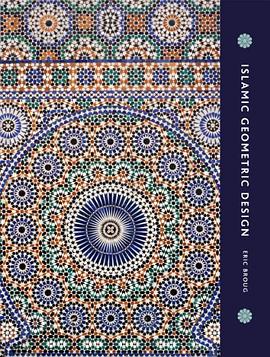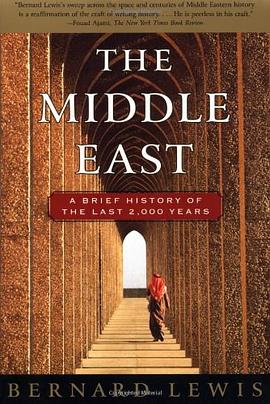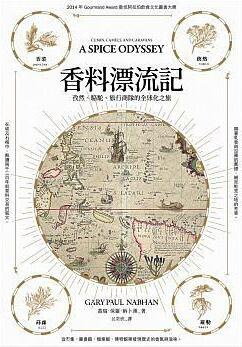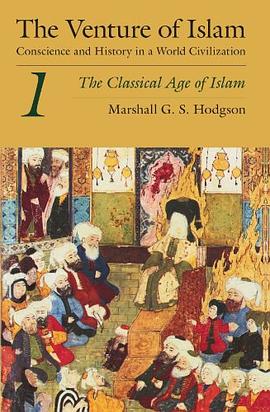

Islamic geometric designs are admired worldwide for their beauty and marvelous intricacy, yet they are seldom understood. In this handsomely illustrated volume, Eric Broug analyzes and explains these complex designs in their historical and physical context. Broug shows how, over the centuries, craftsmen were able to adorn buildings with wonderful geometric patterns using the simplest of tools and without recourse to mathematical calculations. Design elements created from straight lines and circles were placed in grids and then repeated and varied to generate seemingly limitless arrays of breathtaking patterns. Chapters are devoted to each of the main families of geometric design--fourfold, fivefold, and sixfold--and to the complex combined patterns. Readers can follow the design processes by which these patterns were created and even learn to reproduce and invent geometric patterns for themselves. Broug's original drawings accompany photographs of mosques, madrasas, palaces, and tombs from the Islamic world, ranging from North Africa to Iran and Uzbekistan, and from the eighth to the nineteenth centuries.
具体描述
读后感
评分
评分
评分
评分
用户评价
相关图书
本站所有内容均为互联网搜索引擎提供的公开搜索信息,本站不存储任何数据与内容,任何内容与数据均与本站无关,如有需要请联系相关搜索引擎包括但不限于百度,google,bing,sogou 等
© 2025 book.wenda123.org All Rights Reserved. 图书目录大全 版权所有




















